Gallery Tour
There is no long history of Aboriginal paintings in the desert regions of Australia. Yarnagnu first painted on their bodies or on pieces of bark, and by making designs in the sand as they told their stories. More recently, painters have been transferring those patterns and designs onto canvases to sell in the national and international art market.
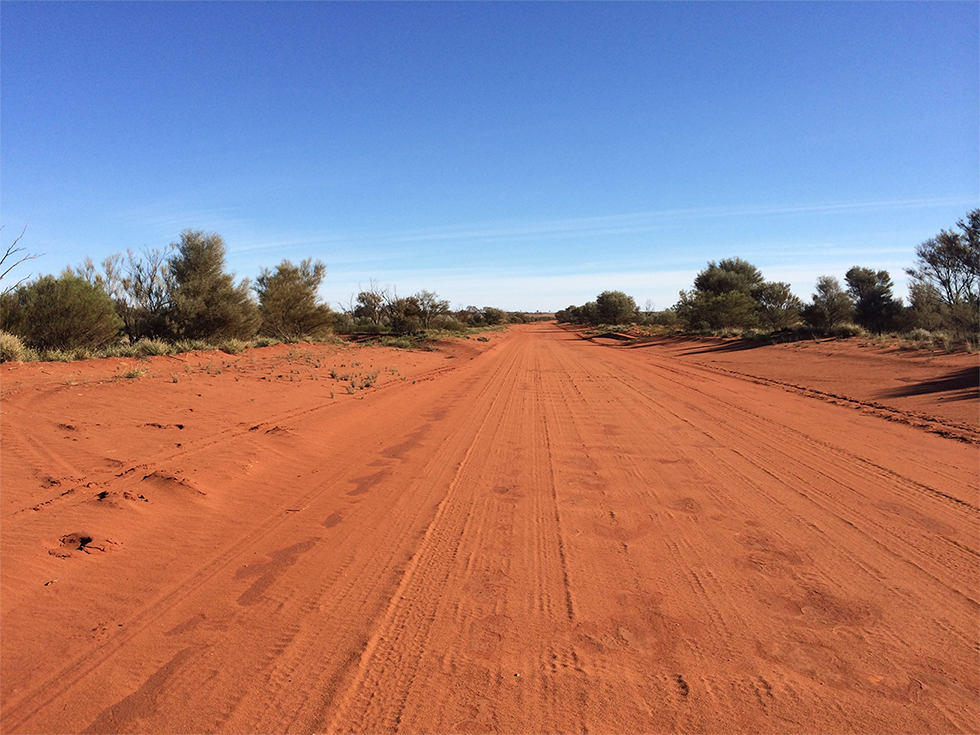
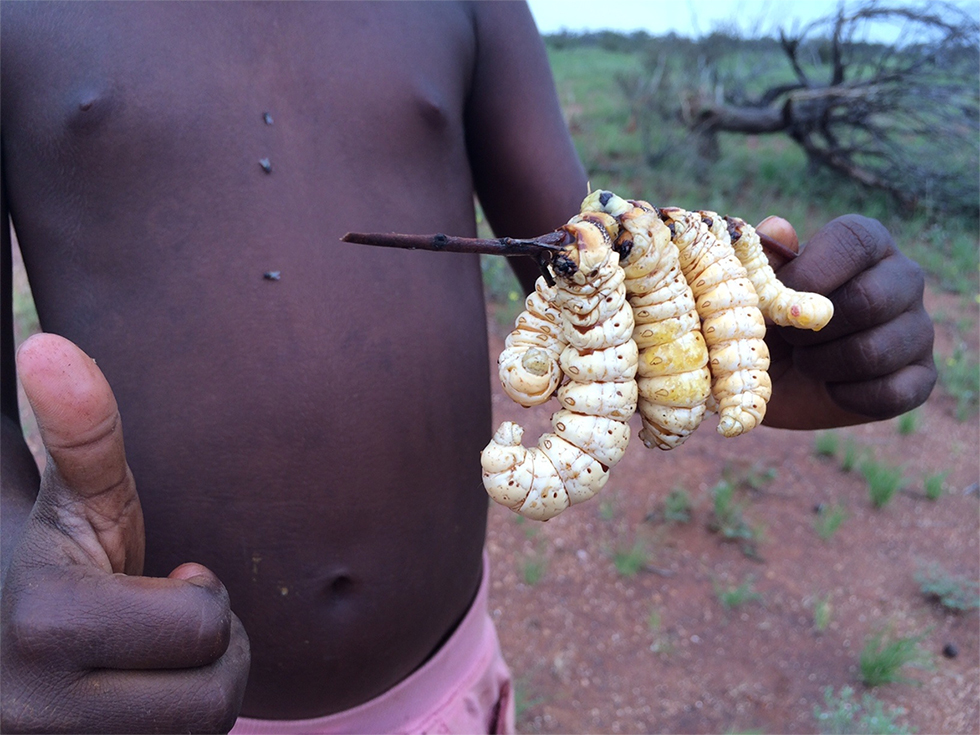
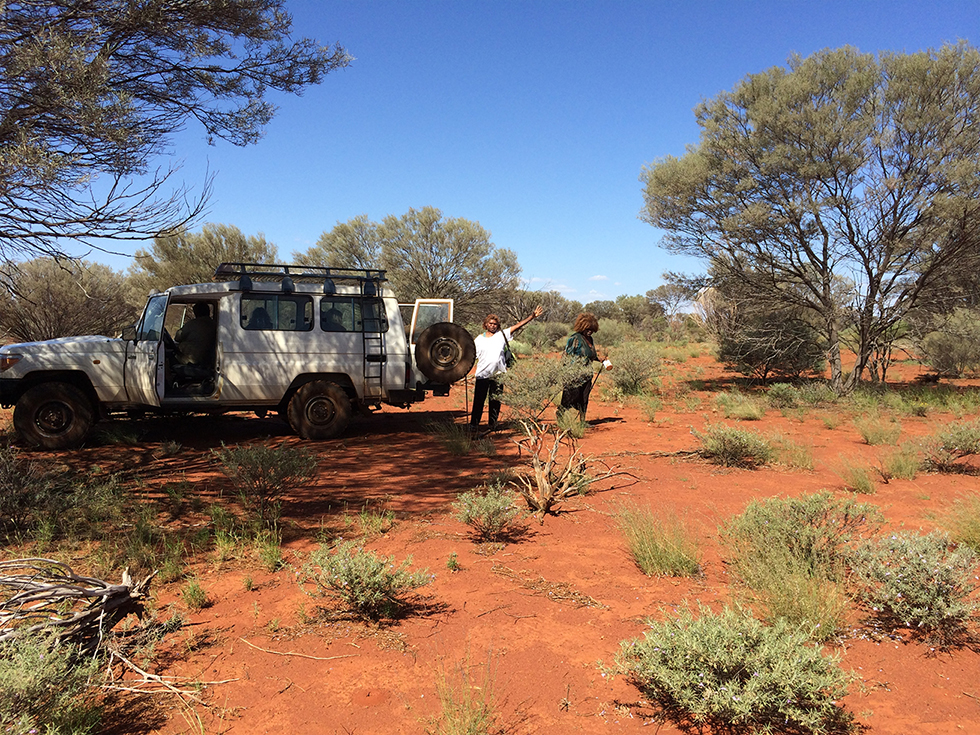
“The works are sought after because they are beautiful in the way that Abstract Expressionist works are beautiful: the play of light and colour and shape and form delights us visually”. The colours are often bold and expressive, mimicking the colours of the desert soil and its magnificent flora.
The idea of putting the work on canvas only came about recently as a way for Aboriginal communities to make some extra money. The overall composition is minimalistic. Paintings evoke a “sense of slow and deliberate time, of something unfolding in an act of meditation or deep reflection”.
In late 2016 I completed my doctoral research, an ethnography that examined the cultural and commercial lives of Aboriginal artists living in a remote Western Desert community. For 6 years I had been travelling back and forth to the community during which time I was transposed into another world. I am grateful to all the extraordinary Papulankutja artists with whom I have worked and who tolerated my presence, taught me so much and were part of the making of my thesis. Their stories and art inspired me. I am indebted to these artists who agreed to the project and made me welcome. I thank them unreservedly for their inspiration, confidences and generous warm hearts. Many of the artists that participated are older now and not painting as often, but I am happy to see many emerging artists taking their places.
In the past four decades Australian Aboriginal art has achieved national and international recognition, and has come to occupy a significant space in the Australian cultural environment. Art production in remote Aboriginal communities is nurtured and important because it provides a means of earning income, and because, as my PhD thesis argued, it is enmeshed with, and structures everyday cultural practices. My findings demonstrated that art production itself is shown to be fundamentally enmeshed in socio-cultural practices and wonderful storied environments.
Here’s a snippet from one of the vignettes I wrote whilst living in the community. Many paintings emanate from these intoxicating bush trips. I hope your enjoy this and the paintings on show.
“On most Wednesdays the art centre closes at lunchtime and vehicles are organised to take out a hunting group. Regardless of weather conditions a trip ‘out bush’ is always preferable to staying in the community. As I have mentioned, it takes about an hour of ‘hithering and tithering’ to collect all the hunters, their respective implements, younger mothers and babies, dogs, blankets and the billy and tea for supper. The troopie is often cramped and full beyond recommended passenger limits. It is anticipated that firewood or hardwood roots for punu will also be collected and brought back in the troopie on the return journey. Additionally, ‘the catch’ is cooked and eaten on site usually just before dark. As is the custom, we sit around the fire, cook, and then eat from the bed of sand and coals in the red earth, and tell stories. My trips out bush with the artists are some of my most memorable desert experiences, particularly when it involved camping out at night, under the stars, in a swag, in the remotest places—unlikely to be found on any map”.
Some terms that may help:
Country: is a term that describes a place to which an individual or group of people feel a custodial connection. This place of important cultural significance can be where people or their family have been born or raised. It may also be a place that has held significance within family lineage. Country in this context also refers to a place to which an individual feels a strong and deeply personal affinity. An understanding of one’s Country describes an intimate relationship between person and place.
tjukurrpa (or Jukurrpa): is often translated in English as the Dreaming. In the Ngaanyatjarra Lands it refers generally to the ancestral period during which the world was shaped by Ancestral Beings, who assumed both human and non- human shapes. They are believed to be responsible for both the contemporary landscape and Ngaanyatjarra (and other Country) social and religious practices. Tjukurrpa is an all-embracing concept that provides rules for living, a moral code, as well as rules for interacting with the natural environment. It provides for a total, integrated way of life. The tjukurrpa is not something that has been consigned to the past but is a lived daily reality. Tjukurrpa is expressed at many levels.
Palya: In the Ngaanyatjarra Word List, ‘Palya’ translates to “all right”, and across most Indigenous languages generally means “good”
Artworks
Showing all 41 results
-
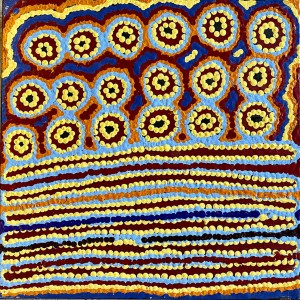
Alice Nampijinpa Michaels – Lappi Lappi Jukurrpa
Sold -
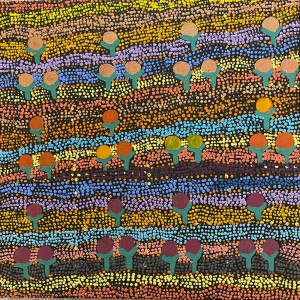
Charlene Napananangka Marshall – Wanakiji Jukurrpa
Sold -
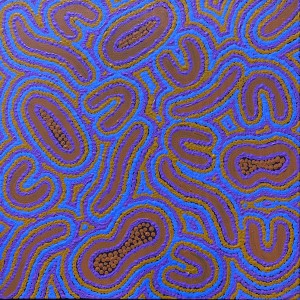
Dorothy Napurrurla Dickson – Ngurlu Jukurrpa
Sold -
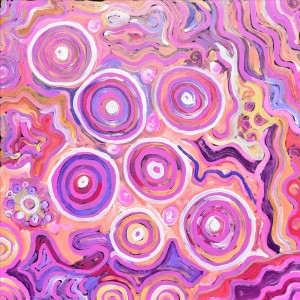
Ethel (Narelle) Kanpatja Holland – Kungkarrangkalpa (Seven Sisters)
Sold -

Ethel (Narelle) Kanpatja Holland – On the road to Walu
Sold -
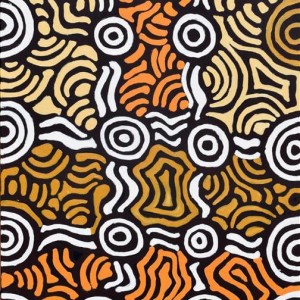
Ethel (Narelle) Kanpatja Holland – Parumpi
Sold -
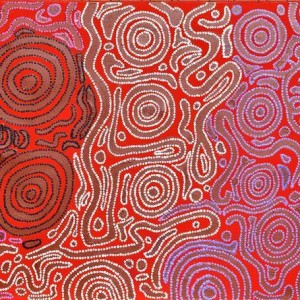
Ethel (Narelle) Kanpatja Holland – Parumpi
Sold -
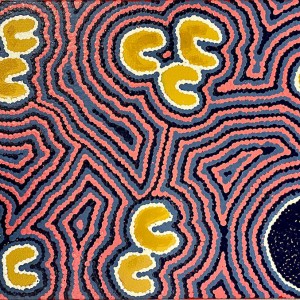
Florence Nungarrayi Tex – Lappi Lappi Jukurrpa
Sold -

Joey Tjungurrayi- Untitled (Helicopter)
Sold -
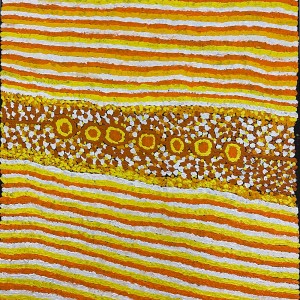
Joey Tjungurrayi – Wangkartu (Helicopter)
Sold -
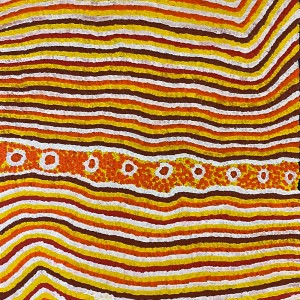
Joey Tjungurrayi – Wangkartu Kunawarritji (Helicopter)
Sold -
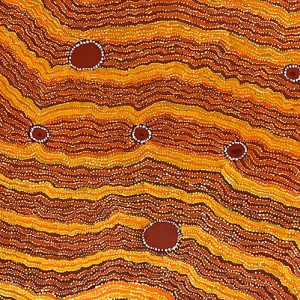
Jane Gimme – Kinyu
Sold -
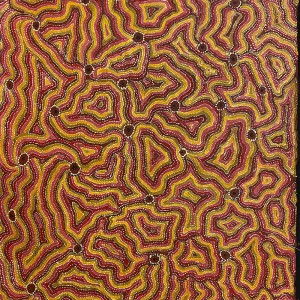
Jane Gimme – Kinyujane Gimme – Kunawarritji
Sold -
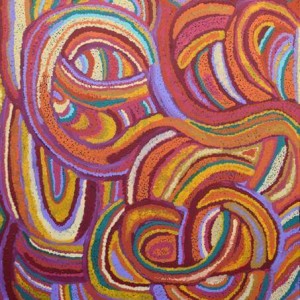
Jennifer Mintiyi Connelly (Ward) – Kungkarrangkalpa (Seven Sisters)
Sold -
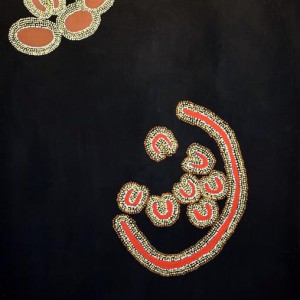
Jessica Veronica Brown – Kungkarrangkalpa (Seven Sisters)
Sold -
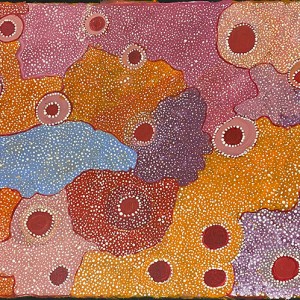
Joan (Eva) – Nagomara Minyurrpa
Sold -
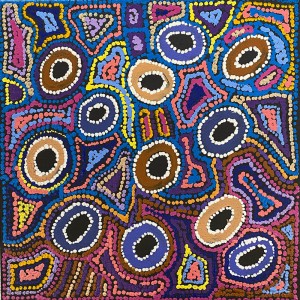
Joy Nangala Brown – Yumari Jukurrpa
Sold -
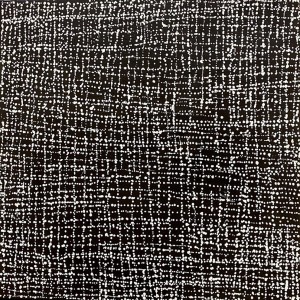
Julie Nangala Robertson – Mina Mina Jukurrpa
Sold -

Julie Nangala Robertson – Mina Mina Jukurrpa
Sold -
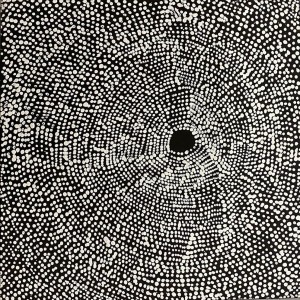
Julie Nangala Robertson – Mina Mina Jukurrpa
Sold -
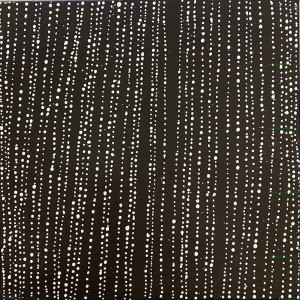
Julie Nangala Robertson – Mina Mina Jukurrpa
Sold -
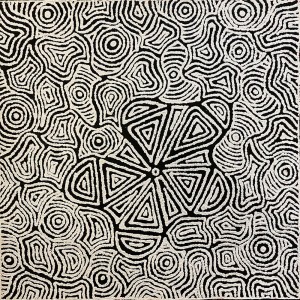
Juliette Nampijinpa Brown – Ngapa Jukurrpa (Water Dreaming)
Sold -

Kara Napangardi Ross – Pamapardu Jukurrpa
Sold -
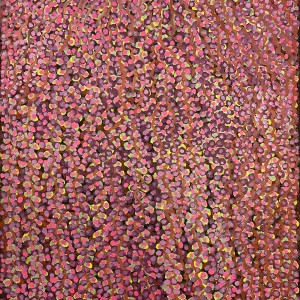
Karen Lulu – Mungil
Sold -
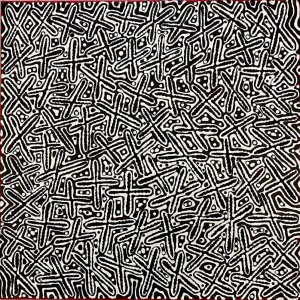
Kenneth Jungarrayi Martin – Ngatijirri Jukurrpa (Budgerigar Dreaming)
Sold -

Leedham Jangala Wumi – Country Around Kiwikurra
Sold -
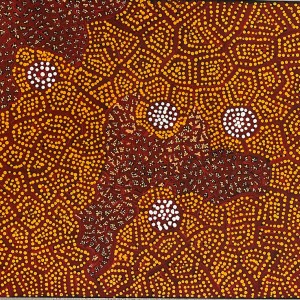
Leedham Jangala Wumi – Country Around Kiwikurra
Sold -
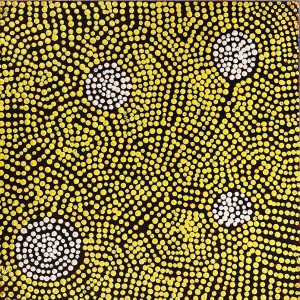
Leedham Jangala Wumi – Country aound Kiwikurra
Sold -
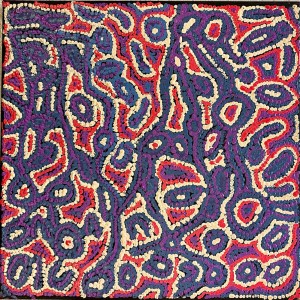
Magda Nakamarra Curtis – Lappi Lappi Jukurrpa
Sold -
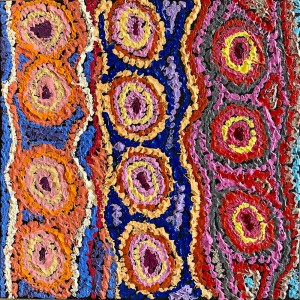
Magda Nakamarra Curtis – Lappi Lappi Jukurrpa
Sold -
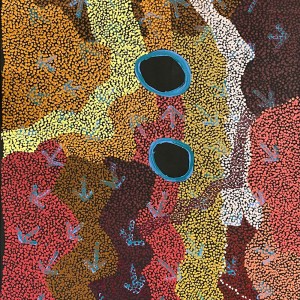
Margaret Nangala Gallagher – Yankirri Jukurrpa
Sold -
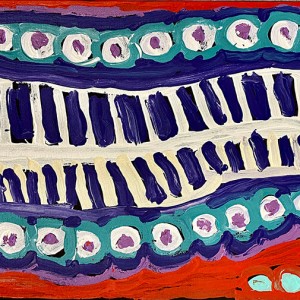
Murdie Nampijinpa Morris – Malikijarra Jukurrpa (Two Dogs Dreaming)
Sold -
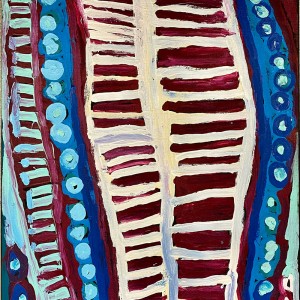
Murdie Nampijinpa Morris – Malikijarra Jukurrpa (Two Dogs Dreaming)
Sold -
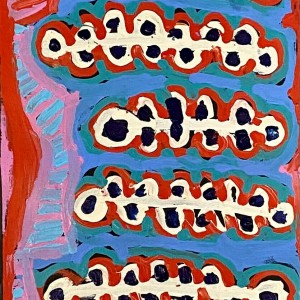
Murdie Nampijinpa Morris – Malikijarra Jukurrpa (Two Dogs Dreaming)
Sold -
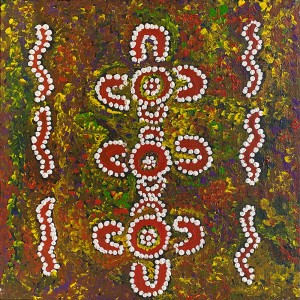
Narissa Nakamarra Spencer – Wardapi Jukurrpa
Sold -
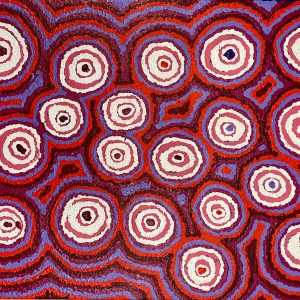
Rickaya Nampijinpa Brown – Ngapa Jukurrpa
Sold -
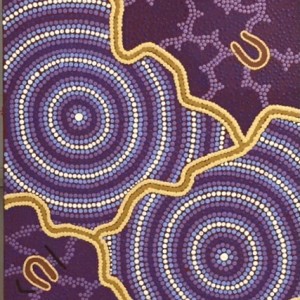
Elfreda Richards – Minyma collecting bush food
Sold -
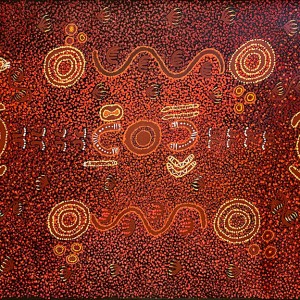
Ruth Nungarrayi Spencer – Wardapi Jukurrpa
Sold -

Sarah Napaljarri Sims – Pikilyi Jukurrpa (Vaughan Springs Dreaming)
Sold -

Tess Napaljarri Ross – Warlukurlangu Jukurrpa
Sold -
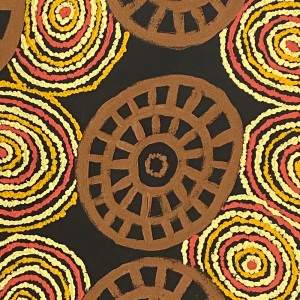
Yayimpi Claudia Lewis – Baskets
Sold
